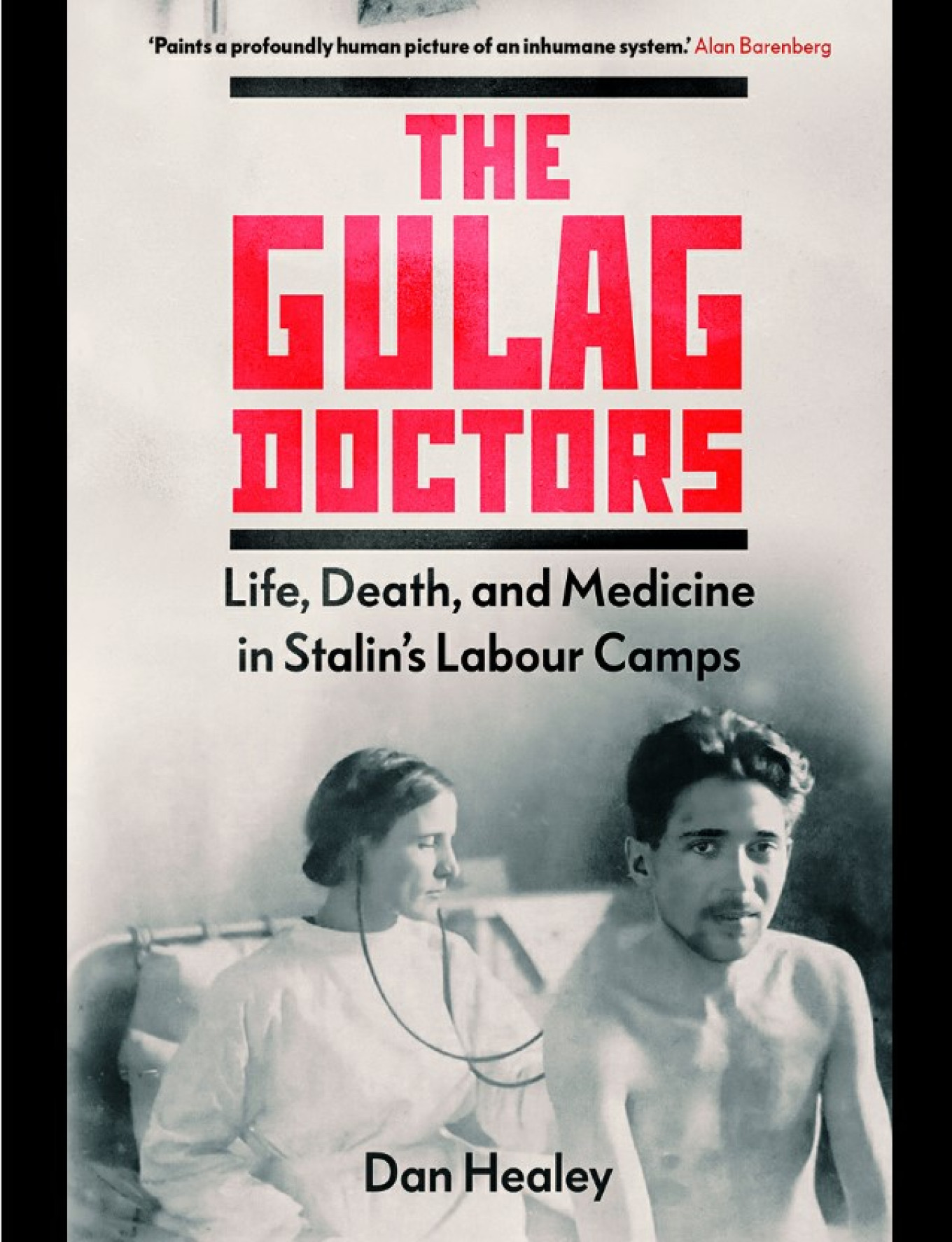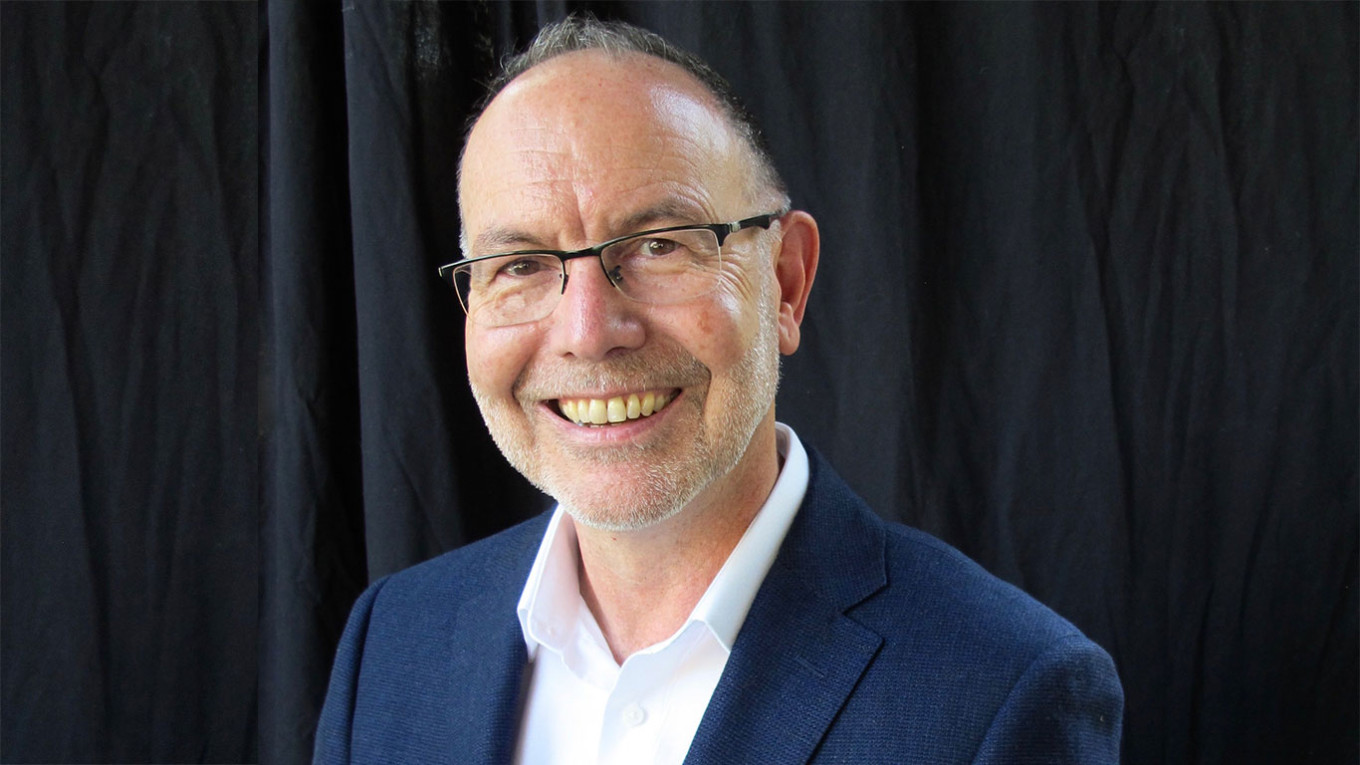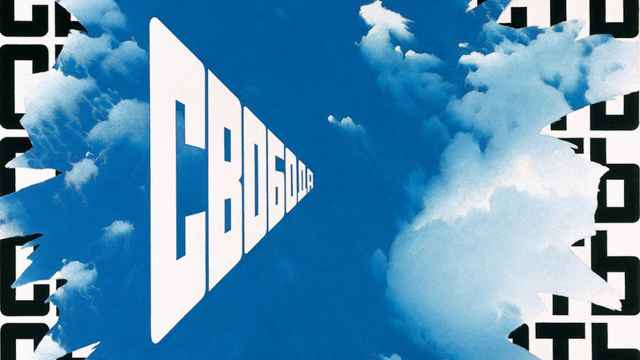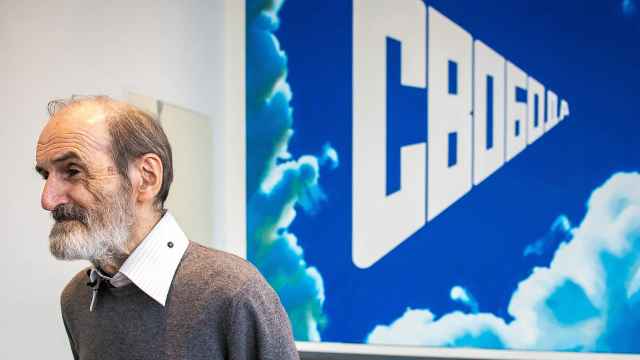“Born of the devil and filled with the devil’s blood”: this was how Soviet dissident Aleksandr Solzhenitsyn, with his typical vitriol, described the Gulag medical system. As far as he was concerned, doctors in the Gulag prison camps were pawns in a system designed to extract every ounce of labor from its prisoners.
The brutal labor camp system came into existence during Soviet dictator Josef Stalin’s First Five Year Plan (1928-32) and resulted in the death of almost two million people. The labor camp system nonetheless required a work force which was, at a minimum, free of infectious disease and capable of work.
By 1939, the Gulag medical network consisted of 1,171 infirmaries, clinics, and hospitals with 39,839 beds, 2,459 qualified doctors, 7,290 nurses, feldshers and pharmacists for a population of 1.6 million prisoners. This was over double the number of doctors per capita in civilian services.
But the presence of doctors in the Gulag is a confusing and even contradictory phenomenon. How could such an unforgiving labor camp system be reconciled with Soviet commitments to provide its citizens with welfare as well as the medical profession’s own imperative to heal, care for and save?
In his latest book “The Gulag Doctors: Life, Death and Medicine in Stalin’s Labour Camp,” shortlisted for the 2024 Pushkin House Book Prize, Dan Healey, Professor of Modern Russian History at Oxford University, tackles precisely this contradiction. He contends that Solzhenitsyn’s harsh dismissal of Gulag medicine as “born of the devil” has impeded a study of Gulag medicine as part of the broader experiences of Soviet forced labor.
Previous studies of the Gulag medical system by Boris Nakhapetov and Golfo Alexopoulo have tended to concentrate on government policy as documented in central state archives and that policy’s neglect for human life. Healey, instead, draws on a combination of central and local archival and museum collections to detail the stories of professional doctors and their experiences when confronted with the extreme conditions of the Gulag. From the earliest “pioneers” of Gulag medicine right through to its post war years, Healey’s study covers cases from northern European Russia in Arkhangelsk and the Komi Republic to Siberia’s far northern nickel-mining center in Norilsk.
Healey’s analysis is structured around the biographies of both “freely hired” and prisoner professionals.
In Part I, he tackles the experiences of doctors as subordinate to the camp commandants, navigating repression, supply shortages and immense isolation.
The reasons that free professionals made their way to the Gulag were wide ranging. Some, such as Nina Savoeva, volunteered as young and naïve Komsomol members motivated by a sincere sense of patriotism. Others, like Yan Pullerits, had been seasoned physicians previously and hoped to accelerate their careers further in the Gulag.
Some of the “prisoner-doctors” had experience as medics before being thrown behind barbed wire, too. Vadim Aleksandrovsky was sent to the Gulag just as he was preparing to sit his final medical examinations at the Leningrad Military Medical Academy. It is his trajectory from greenhorn to skilled medic, and the similar experiences of others who found patronage and mentorship under senior medical bureaucrats, that Healey tracks in Part II, depicting how Gulag medics sought to build medical careers, using the Gulag as a quasi-educational facility.
Part III explores how scientific curiosity of medical practitioners often fueled official and unofficial research projects. The Ukrainian radiologist Yakov Kaminsky, for example, dreamed of using the radium rich waters of the Ukhta region for therapeutic purposes and then constructing a “Northern Resort.” But given the planners’ negligence and the weakness of experts in the face of state power, the project ultimately resulted in the radioactive poisoning of an entire community.
Read individually, these biographies would be a rather anecdotal history of the Gulag medical system. But taken together, they serve as a window into a “grey zone” of labor-camp experience, revealing a clear picture of doctors who were human and made choices that came with ethical consequences.
Solzhenitsyn would say that because these doctors were collaborators in the system, they were therefore perpetrators. But these medics tended to see themselves as victims. As Healey’s book reveals, making a clear distinction between victim and perpetrator is nearly impossible, and this leaves a large question mark over how such medical professionals ought to be remembered.
Thus, just as Healey contests Solzhenitsyn’s claim that the Gulag medical system was “born of the devil,” his conclusion appears to side with another of Solzhenitsyn’s famous statements that “the line separating good and evil passes… right through every human heart.”
The Gulag Doctors: Life, Death, and Medicine in Stalin's Labour Camps

From Chapter 2
Vitamin deficiencies and mass mortality
At Rudnik, in late 1938 or early 1939, Nikolai Glazov, only recently appointed sanchast director, participated in a commission to review prisoner living conditions, conducted by the camp administration, internal security, and Sanotdel officials. The results were dire: tents used as barracks exposed zeks to freezing temperatures; there was insufficient clothing and bed linen to compensate; and as early as November 1938 meat and fish reserves had run out, leading to avitaminosis – vitamin deficiencies. Glazov had encountered the same illnesses early in his career in the border guards of Central Asia, where the diet was equally limited; he now sought to educate his new medical colleagues who ‘had never met with these [illnesses]’.
Scurvy, vitamin C deficiency, and pellagra, caused by a B-vitamin shortage, were the main scourges which were hardly new to Gulag prisoners by 1938; but young doctors fresh from the medical institute benches, often freely hired, and older ones who had practised in urban Russia, usually prisoners, were unlikely to have encountered them. Glazov recalls making a speech that failed to convince his sceptical co-workers about the nature of avitaminosis to a Rudnik production conference:
I explained the threat posed by vitamin deficiencies, about the need for meat and fish, but I got little support from the other doctors. They did not understand that even with sufficient food of a monotonous carbohydrate-based diet – and it was far from a sufficiency – we would not correct vitamin deficiencies. But after that meeting the administration nevertheless began to buy meat from the reindeer-herders and organised fishing brigades from the tundra lakes.
Glazov found two young, female doctors (likely free employees) particularly resistant to the concept of vitamin deficiency: they put a pellagra patient with whom they sympathised on the ‘strictest of diets’ that only made his condition worse. In a characteristically dry gesture, Glazov suggested to them they grant their ‘hopeless’ patient ‘his last wish’: a ‘general diet, meat’ meal, a consolation to both him and the doctors. The patient began to recover; ‘with embarrassment they told me how he was eating eagerly, especially meat, and was noticeably improved. From then on they trusted my experience of treating avitaminosis.’
The prevalence of vitamin deficiencies presaged worse to come during the wartime supply crisis that caused Gulag mortality to jump sharply. Glazov was posted to the invalid’s camp Adzva-Vom in 1942, just as prisoner mortality was spiking across the camps. The doctor’s memoir approaches the mass death he witnesses dispassionately, with no comment on the penal system’s lack of food. At this camp ‘many died, simply because they were very weak, and the exhausted organism could not resist the slightest disease. People were driven to extremes of exhaustion.’ The next camp Glazov moved to in 1943, Inta, a coal-mining, timber and service-farming camp of 9,000 prisoners, was a place where the dying were concentrated, evidently, by the authorities’ deliberate design. There were large numbers of tuberculosis and pellagra patients; the only medicine for diarrhoea available was the natural remedy of ‘clay and willow bark’; even paper to keep track of patient histories was in short supply. Glazov says he was assigned to direct a department of the Inta Sangorodok housing seventy patients; a local historian records him as deputy director of the Sangorodok, and therefore more responsible for conditions there. In Glazov’s own words, ‘The Sangorodok was not so much a hospital, as a throng of the dying.’ A transport of prisoners arrived with many dead, and he notes how their frozen remains made a grim impression:
These corpses were brought to us in the morgue. In the morning we were to conduct several autopsies. We entered the morgue; it was crowded with frozen corpses. Someone muttered ‘Auschwitz’. Some of the dead were standing on their legs and leaned against the warm stove. The sight of reclining corpses surprised no one, but the dead standing on their feet and warming up by the stove was unusual and unpleasant.
This troubling passage, with its reference to the Nazi death camp, illustrates Glazov’s attempt to reflect on the mass mortality he witnessed. While Auschwitz was mentioned tersely in Soviet newspapers from June 1941, Soviet media did not describe the death camp in detail until late January 1945. It may be that Glazov had heard of the camp from other prisoners. Its mention here, in a text composed so long after the event, seems less a faithful record of what was said, than a retrospective attempt to process the trauma of this sight. The pages of his reminiscences that follow describe patients he treated in the midst of mass mortality. These cases are presented as memorable because the authorities or other doctors prevented their receiving adequate care, often due to misdiagnosis, while Glazov with his superior knowledge, detective skills, and therapeutic talent, identified the genuine cause of illness and rescued the patient. In one example, a young pilot, diagnosed with syphilis, turned out to be suffering from pellagra once Glazov familiarised himself with the case. He pursued treatment to a successful conclusion, despite resistance from the authorities, who had an animus against the pilot. In the prisoner-doctor’s account, the ubiquitous manifestations of mass starvation and mortality evoke little pity or reflection, but instead an assertion of the memoirist’s greater scientific knowledge and medical prowess.
Who was Nikolai Glazov?
In 1999 Margarita Nikolaevna Glazova introduced her father’s memoir by stating that he had been unjustly arrested on charges ‘that bore no relationship to reality’. In the Gulag he met ‘many interesting people – from the milieu of old revolutionaries, intelligentsia, citizens of other countries’. The heart of the memoir, in her view, was its record of these encounters. She balances the shade and light of her father’s situation in the camps as follows:
A. Glazov survived in inhuman conditions thanks to his artistry as a doctor: he cured not only prisoners, but their guards as well. Even under threat of retribution he helped his comrades in misfortune: he obtained release for the weak from unbearable labour, transfer to lighter regime. The stories of the doctor about his patients are full of invaluable medical experience acquired in the harshest of conditions of labour-camp life. It is the science of survival in the literal sense of the word.
Political victim, committed physician, cultured individual. Having assisted him in writing his memoirs, this was Margarita Glazova’s assessment of her father. She understood herself to be a child of one of Stalin’s victims of repression and framed his experience accordingly. By framing the prisoner-doctor as a ‘victim’, this memoir avoided nuanced retrospection; no searching dialogue between the glasnost-era pensioner and his younger Stalin-era self takes place in the text. Instead, ‘tangled interweavings of fact and self-representation’ remain that raise more questions than they settle.
Puzzled by this arrested retrospection and intrigued by this Gulag prisoner-doctor’s relationship with the chekists that spanned three decades, I have read Nikolai Glazov as a survivor as well as a victim of the Soviet system. He was someone with a ‘spoilt biography’ who joined the Party in 1922 proclaiming his surprisingly instant faith in ‘the inevitability of world revolution’. He rejected working secretly for the OGPU in 1924 but by 1933 he was on the OGPU payroll, admiring its discipline, collecting provisions in its closed shops, and relishing his undercover role on Red Square at Clara Zetkin’s funeral. When he was cast out as a ‘counterrevolutionary’ he found his feet in the Gulag as a doctor, and almost certainly survived thanks to his chance encounter with Sanotdel boss and ex-prisoner Nikolai Viktorov. But he also survived thanks to his professional training, his inclination to ingratiate himself to the ‘bosses’, and his understanding of the chekist milieu. In that milieu rules were there to be bent, broken, or leaned upon according to the situation, and as essential as the morphine purloined from veterinary supplies or the documents that ‘ceased to be tufta’ once created. In his own prose Nikolai Glazov expresses his pride in his medical skill, implicitly framing his service in the Gulag as honourable because he was true to his scientific training and his ‘artistry as a doctor’. ‘Dry as dust’ he might be, and short on empathy, but his diagnoses were accurate and his prescriptions sound. As a prisoner-doctor he was perhaps unusually compliant and comfortable in the company of the camp commandants. Glazov’s memoir offers us Gulag medicine as a precarious undertaking for the prisoner-doctor, a ‘grey zone’ occupation where solid medical skills were necessary, but not sufficient, to assure survival. An alertness to the Gulag system’s demands and constraints, an ear for the chekist milieu and its expectations, were essential too: a doctor’s exercise of free clinical judgement in the Gulag was limited by a higher authority. The zek-physician needed an ability to read that higher authority’s signals and, when necessary, trim his healing to suit. Glazov, a prisoner-physician who ‘does not have it easy’ and who was keenly aware of the constraints of his situation, offers a valuable case in the history of Gulag medicine to compare with the ‘freely hired’ doctors we meet next.
Excerpted from “The Gulag Doctors: Life, Death, and Medicine in Stalin's Labour Camps,” written by Dan Healey and published by Yale University Press. Copyright © 2024 Dan Healey. For ease of reading, footnotes have been removed. Used by permission. All rights reserved. For more information about the author and book, see the publisher’s site here.
A Message from The Moscow Times:
Dear readers,
We are facing unprecedented challenges. Russia's Prosecutor General's Office has designated The Moscow Times as an "undesirable" organization, criminalizing our work and putting our staff at risk of prosecution. This follows our earlier unjust labeling as a "foreign agent."
These actions are direct attempts to silence independent journalism in Russia. The authorities claim our work "discredits the decisions of the Russian leadership." We see things differently: we strive to provide accurate, unbiased reporting on Russia.
We, the journalists of The Moscow Times, refuse to be silenced. But to continue our work, we need your help.
Your support, no matter how small, makes a world of difference. If you can, please support us monthly starting from just $2. It's quick to set up, and every contribution makes a significant impact.
By supporting The Moscow Times, you're defending open, independent journalism in the face of repression. Thank you for standing with us.
Remind me later.







